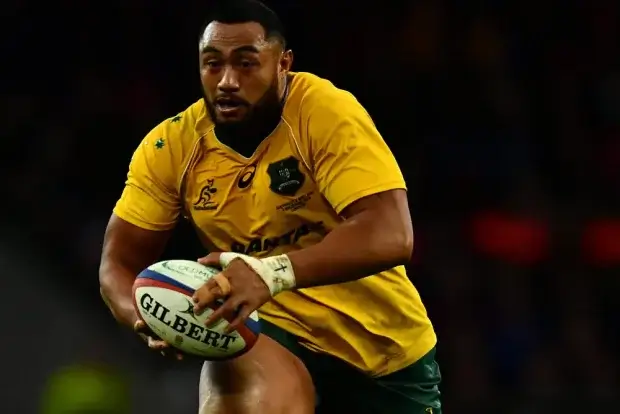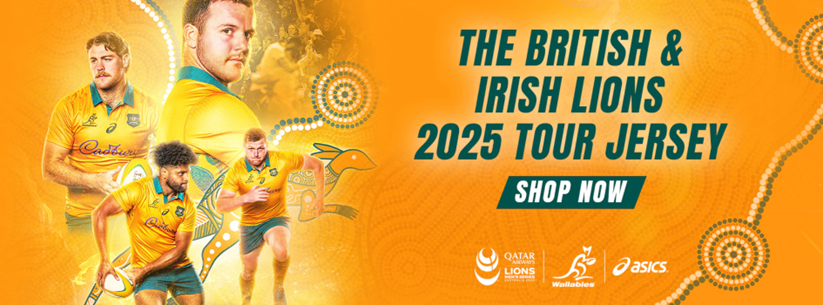In spite of locking a scrum for nearly 30 years, the mysteries of the front row still perplex me. I watch a game on TV, a scrum collapses and I lay the blame on the opposition’s LH only for the referee to penalise the TH, or vice versa. There can be no doubt that scrums of the 70s and 80s were a mess to look at, but in all the games I played and observed close up scrum penalties were something of a rarity. After the props had indulged in a bit of argue bargy things generally settled down and we got on with the game. The bloke in the middle wasn’t concerned about the big score on the board, only the bigger score in the front row battle of how many did we win against the head?
All that has changed. With big bodies player safety has become a major issue, none more so than at scrum time. Things have become much more controlled with the referee calling the shots. No longer a means of restarting play after an infringement in the modern game, the scrum has become a weapon, a means of milking penalties by fair means or foul.
Even though the protagonists have specific requirements, there are some pretty basic tenets that all front row players must fulfil.
- Strength and power: Exceptional strength and power are essential for the physical demands of the various roles.
- Stamina: High levels of stamina and endurance to maintain intensity throughout a match.
- Technical skills: Mastering specific techniques for scrummaging and accurate lineout throws
- Mobility: A mobile front row can contribute significantly to open play, making them more versatile.
- Mental toughness: The demanding nature of the three positions requires significant mental toughness.
Anyway, enough of my whinging, let’s crack on and see what the class of 2025 has to offer.
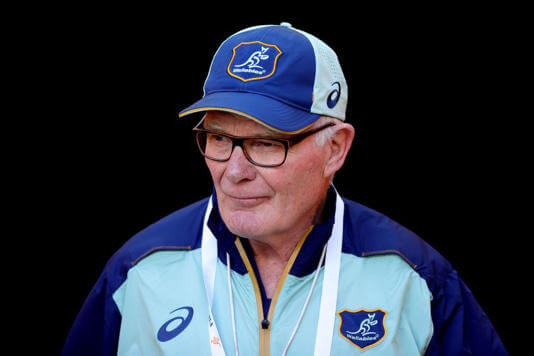
The Candidates
Who will be the anchors for the Wallabies in the next few years? While ‘meat and potatoes’ ability remains pivotal, a lot is expected of the modern prop; they are more aerobic, better skilled and much larger than in previous years. How do our prospects shape up?
Loosehead:
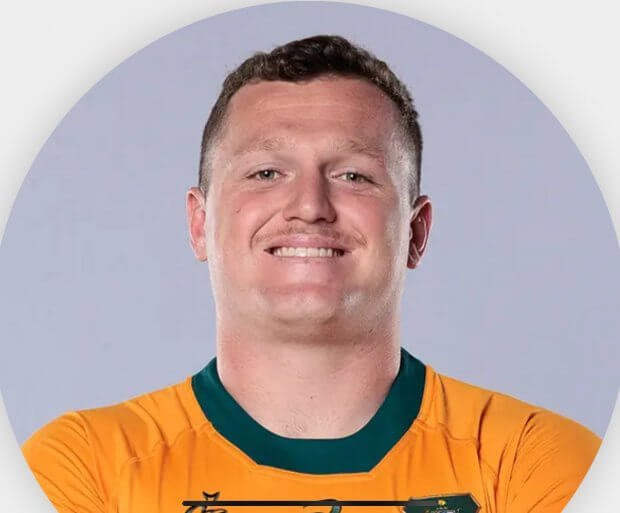
Photo courtesy of Rugby Australia
Angus Bell: age 25, height 1.92m, weight 125kg, caps 44.
With the retirement of Jimmy Slips, The Bull has got to step up and take over as starting LH. After a serious injury it’s been a wise move to limit and then gradually increase his game time. By the time the EoYT comes around I’d be looking at a good shift of up to 60 mins. There’s no doubt about his destructive ball carrying ability. I’d always thought him to be a bit tall for a LH but it looks like he had some coaching and changed his body position to good effect.
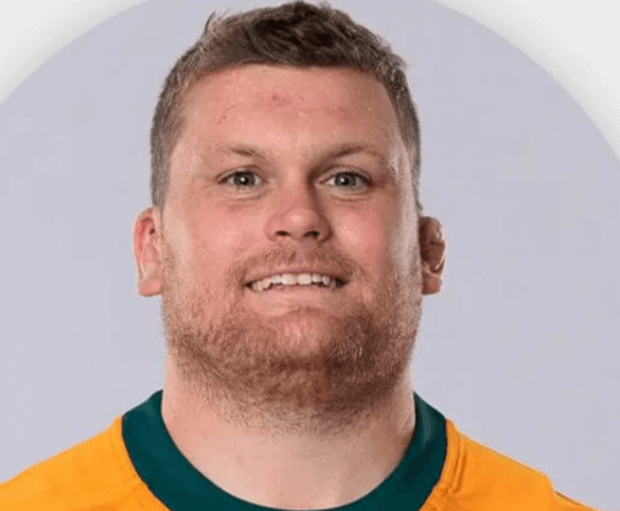
Photo courtesy of Rugby Australia
Tom Robertson: 31, 1.80m, 113 kg, caps 36.
The Doc seems to have been around for an age. His ability to play both the LH and TH will be a benefit to the G&G. Can sometimes get into difficulties at scrum time but generally holds his own. His mobility is also a big plus.
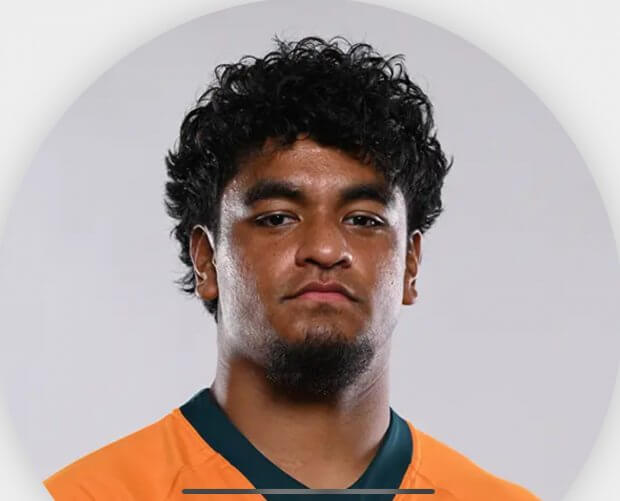
Photo courtesy of Rugby Australia
Isaac Kailea: 25, 1.90m, 129kg, caps 8.
A breakout season with the Rebels in 2024 earned him a call-up to the Wallabies squad when fellow looseheads Angus Bell and Blake Schoupp were ruled out with injury. Moved to the Tahs when the Rebels folded and played six games in the 2025 SR season. I was expecting him to kick on but his progress has been a bit slow. Will benefit with some time with scrum guru Mike Cron.
Hooker:
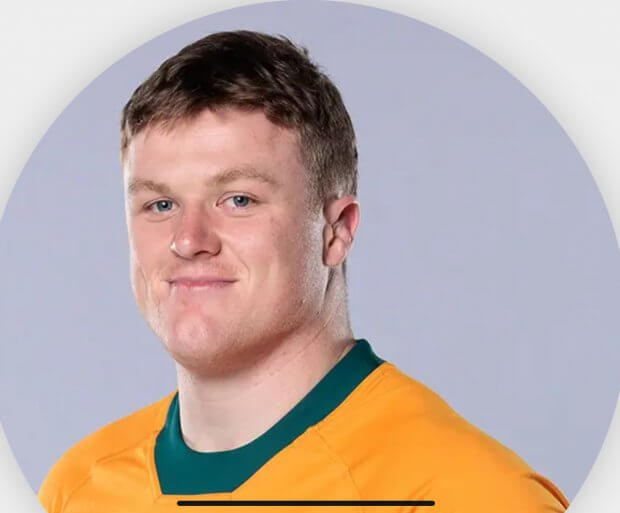
Photo courtesy of Rugby Australia
Billy Pollard: 23, 1.86m, 110kg, caps 14.
It looked like his short time with French powerhouse, La Rochelle, did BP the world of good. He started 2025 with a bang, scoring 11 tries in his 15 appearances for the Brumbies and earned a place in the Wallabies squad for the Lions tour and Rugby Championship. A very mobile hooker who is good both sides of the ball with strong defence and strong carries in attack. As shown in Bled 2, his arrows at lineout can sometimes go astray.
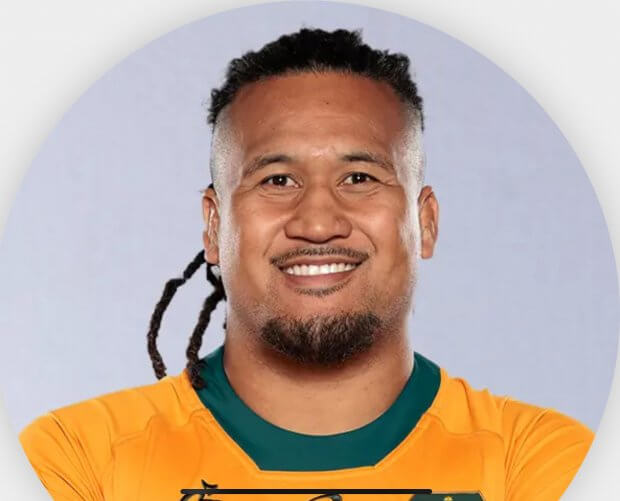
Photo courtesy of Rugby Australia
Brandon Paenga Amosa: 29, 1.83m, 117kg, caps 25.
First capped by Cheika in 2018, BPA played for the Reds before spending three seasons with Montpellier from 2021 to 2024. He returned to Aus and signed with the Force. Selected for the RC in 2024 BPA has been a regular in the Wallabies squad since then. He’s a powerful scrummaging hooker, strong in defence and at the breakdown. Made four appearances against the Lions for the Reds, the AUNZ XV, First Nations and the final test for the Wallabies.
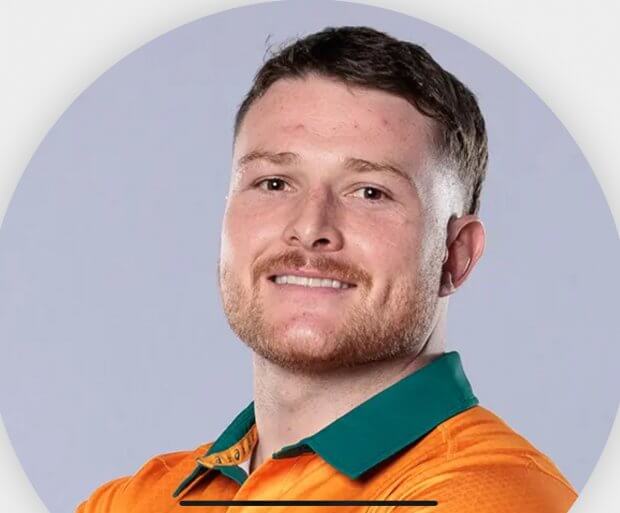
Photo courtesy of Rugby Australia
Matt Faessler: 26, 1.86m, 111kg, caps 16.
Plays his rugby at the Reds where he made his debut in 2021. One of the breed of dynamic hookers who you often see with ball in hand carrying strongly, but still able to fulfil the basic requirements of the position. Started with the Wallabies in 2023 and has made 15 appearances so far, scoring 5 tries.
Tighthead:
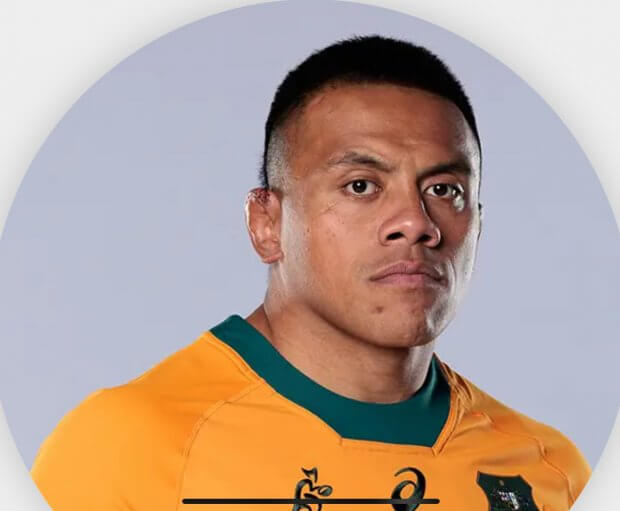
Photo courtesy of Rugby Australia
Allan Alaalatoa: 31, 1.85m, 123kg, caps 85.
With Jimmy Slips gone 7As is our most experienced forward by some margin. Made his test debut against the All Blacks in 2016 and has been a cornerstone of the Wallabies pack since then. An on field leader, he will be an essential part of the pack leading into RWC2027. Enough said really.
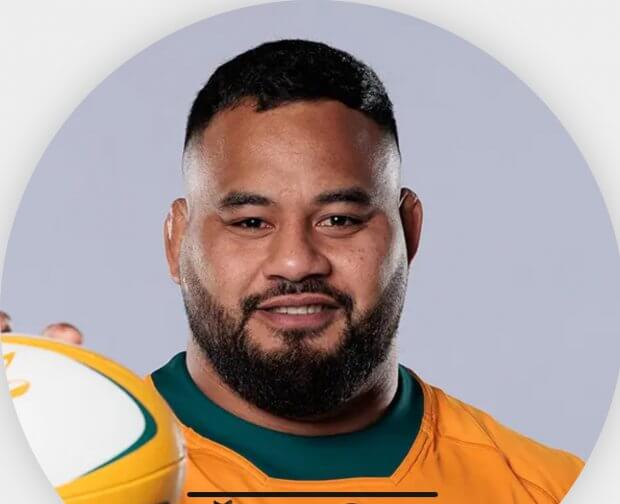
Photo courtesy of Rugby Australia
Taniela Tupou: Age 29, 1.84m, 148kg, caps 65.
Came to prominence when a video of him scoring three tries in a schools game in NZ had agents clamouring for his signature. Signed for the Reds in 2015 and showed powerful scrum and all round play that led to his first Wallabies cap in 2017. Arguably the period up to 2021 saw his best rugby. Suffered a long term injury in 2023, moved to the Rebels in 2024 and the Tahs in 2025. It has to be said that his form has been indifferent and a good few have commented that only injuries to other THs meant that kept his place in the Wallabies squad. Has yet to show the destructive abilities that he was noted for. Off to France to play at Racing 92. Let’s hope he gets his mojo back in time for RWC27.
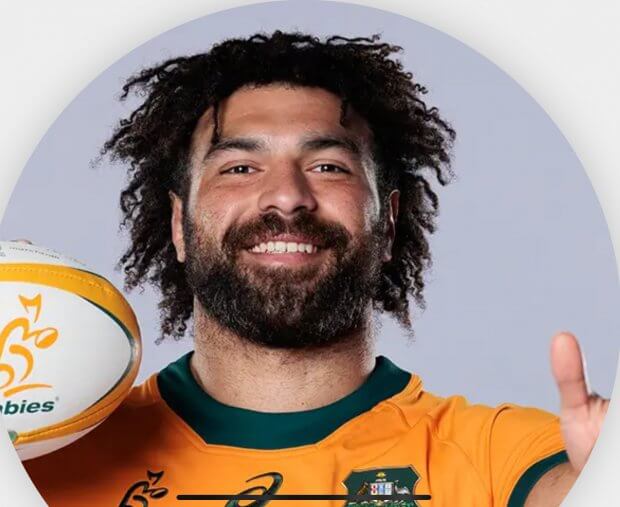
Photo courtesy of Rugby Australia
Zane Nonggorr: 24, 1.86, 129kg, caps 16.
Made his debut for the Reds back in 2019 and one of the players whose star is on the rise. Consistent performances saw him make his Wallabies debut off the bench against South Africa in 2023, a baptism of fire. A powerful scrummager who adds to his game with strong carries and very good all round play. He should peak in time for RWC 27.
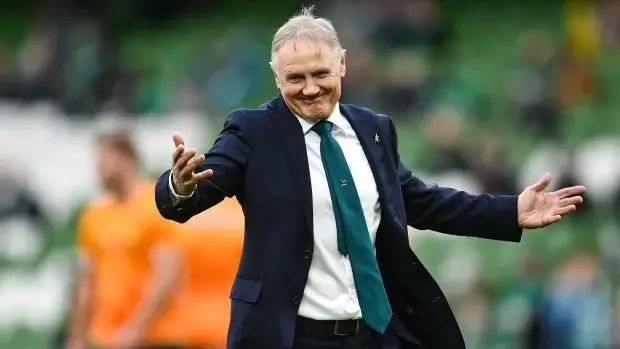
Who goes, who stays?
Quite a difficult one as I think we might have a front row shortage. Slipper’s retirement has left a bit of a hole, and if either 7As or Bell sustain injuries we’d be in trouble. All our hookers have strengths and weaknesses with no one putting their hand up as the best. I’ll stick my neck out and go with all my picks for the EoYT at least. Schoupp and van Nek could also be in the running.
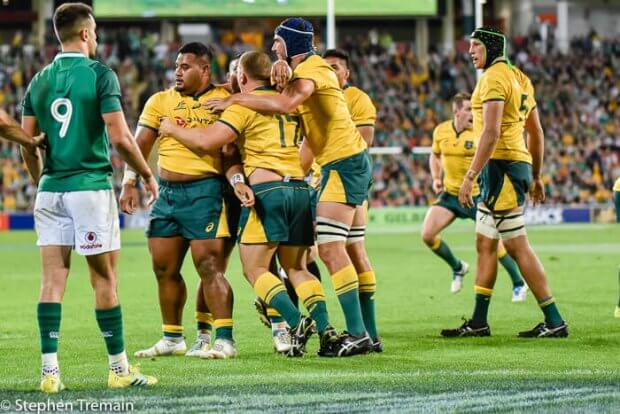
A bright future.
Like fine wine, props improve with age, you only have to look at the career of Jimmy Slips who retired at the top of his game aged 36. Looking at the SR squads there are young props like Dan Botha and Tom Lambert at the Tahs, Massimo de Lutiis at the Reds, Marley Pearce at the Force and Lington Ieli at the Brumbies who will soon be ready to challenge the incumbents. We need to build up our stocks and with this in mind I have a suggestion. It’s not often the rugby authorities in SD land come up with good ideas but this one relating to the development of front five players struck home; it’s already paying dividends with a number of young players coming through and making debuts both in the PREM and at international level.
An ‘RFU Front Five Academy’ is not a formal, singular program but refers to specialised development camps/academy programs run by the RFU or its associated clubs that focus on the front five forwards involved in a scrum. These programs identify and train talented young players, particularly those with the physical attributes and technique required for the demanding roles of the front row and second row, preparing them for professional rugby and the senior England team.
How it works:
- Players are often nominated by their clubs or schools and invited to these camps after showcasing their skills.
- The camps provide specialised coaching on the specific demands of the front five positions, which requires different physical and technical skills compared to other positions on the pitch.
- These camps supplement the general player development model, providing focused support for positions that are critical to the game’s set piece.
Something to consider.

